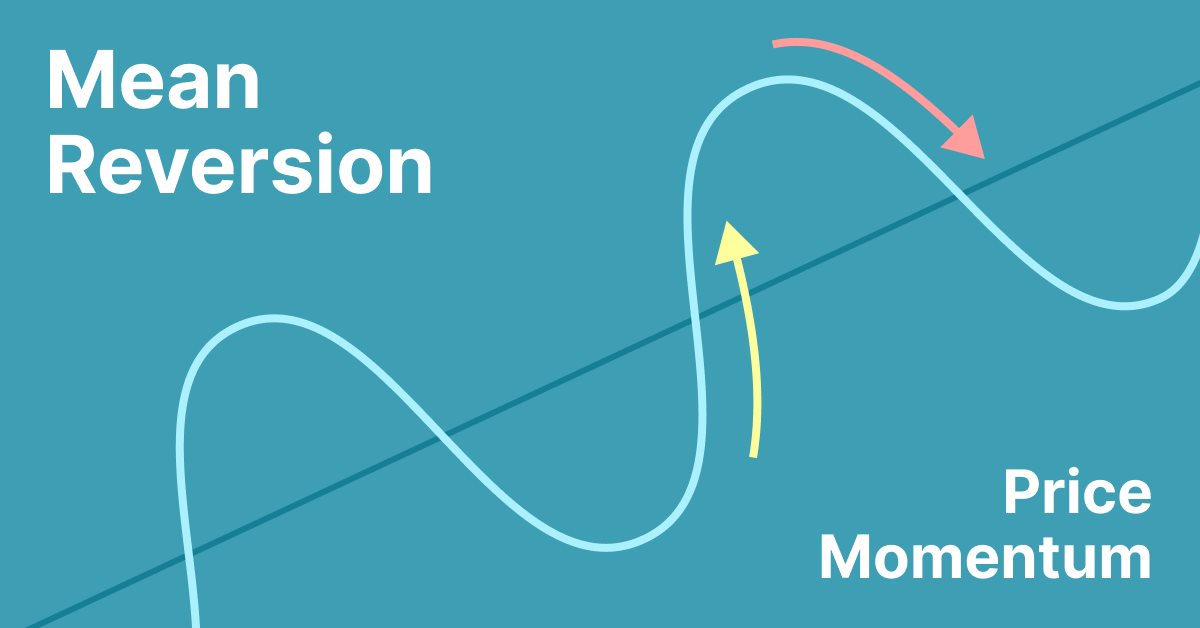
Naturally, I tried to find patterns that were within the ranges created and I also tried to apply a simple back test, one that could be done with or without cognitive bias. The idea was to get an a sense of whether or not this idea was even worth pursuing still. My findings were definitely interesting. If you don’t feel like reading this article, no worries. I will have video explaining my findings embedded soon.
The Back Test

As you can tell from the image above, this test worked some of the time. Like any other trading strategy, the trade depended on risk management. Here is how I laid out the test:
- Yesterday VIX close <= 12.8
- Define the range high and low. See part 1
- Set limit order to buy at the low and sell at the high of range.
- Target the midnight eastern time open for take profit.
- Define a risk at half the take profit so that reward to risk (RR) is 2:1
While the sample size was small, the results were decent. At a 2:1 RR we can be correct less than 50% of the time on the trade and still make money. This is important to note because, later I am going to discuss some very interesting findings about these ranges.
Back Test Results
The total sample size of VIX closes =< 12.8 was 20. Of the 20 opportunities, there were 14 limit orders triggered, here is what that looked like:
- 6 Wins
- 8 Losses
- +3.34R on 14 trades. The .34 comes from a day where open wasn’t reached so I closed out on the final candle close.
Again, small sample size but, looks very promising. This was a simple back test so that I could prove an idea out. Just looking back at some of these trades, I think a few of the bad ones could have been avoided by using a better entry technique. Maybe wait for a break of structure to the upside / downside before entering. I will leave this to you for now but, in the diving deeper portion, you will see why this strategy has merit.

Diving Deeper
Looking at the range of VIX closes <= 12.8 vs those 12.8 was can see a more predictable pattern. The dot graph in part 1 confirms these findings but, it is always better to take it to the charts. Here is what I found:
<= 12.8 VIX close
- 80% days closed within the volatility range high and low.
- 13 touches of the volatility levels existed. A touch was when price hit the level for the first time.
- Of the 13 touches, 9 ended back within the range, that’s 69%!
From this data, I think we can infer a few things, one is that price is very predictable when VIX closes in favor of 12.8. Two is that it may be worth fading the current direction if a range is touched. If coupled with Al Brook’s idea that 90 minutes into the NY session, there is a 90% chance that you have seen the high or the low of the day, I think it can improve your odds on staying on the right side of the market.
>12.8 VIX Close
- 54% of days closed within their range high and low
- 9 touches of the range levels
- On the 9 touches, only 40% ended back in the range.
As you can see, the >12.8 VIX closing price is very erratic but, the range levels were touched 81% of the time. This gives us some targets on a larger range day. Of those 81% of touches ,60% ended out of their range. This gives us some insight on the day before the NY session even starts.
How Else Can We Use This Information?
We can frame our intraday trading days to give us a bias going in. Pair this with other intraday bias techniques like weekly COT readings, and technical analysis to get a better idea of where to look. I think this is a great tool to add to your analysis. You’re also, in luck because I will be forward testing this data. I also want to expand this data to the SPX.
By expanding to the SPX, I think I could perform a 0 DTE strategy. When price reaches the lower volatility range level, I think I could sell a 40 delta put and buy a 20 delta call. I would do this expecting price to return within the range 80% of the time. Just another Idea for a trade set up.
Takeaways
Trading is difficult, there is no doubt a correlation between days under 12.8 being less erratic than days closing over 12.8. Brent, might have a point that it is worth lowering your position sizing when the VIX closes high the previous day or, you may just want to sit out of trading all together.
The possibility for a trading strategy using these levels is totally possible and can be expanded upon. Options on the SPX seem to be another great way to take advantage these levels. Let’s not forget that we can also frame our trading days using just the VIX close, even if we are to lazy to add these levels to our chart.






Leave a Reply